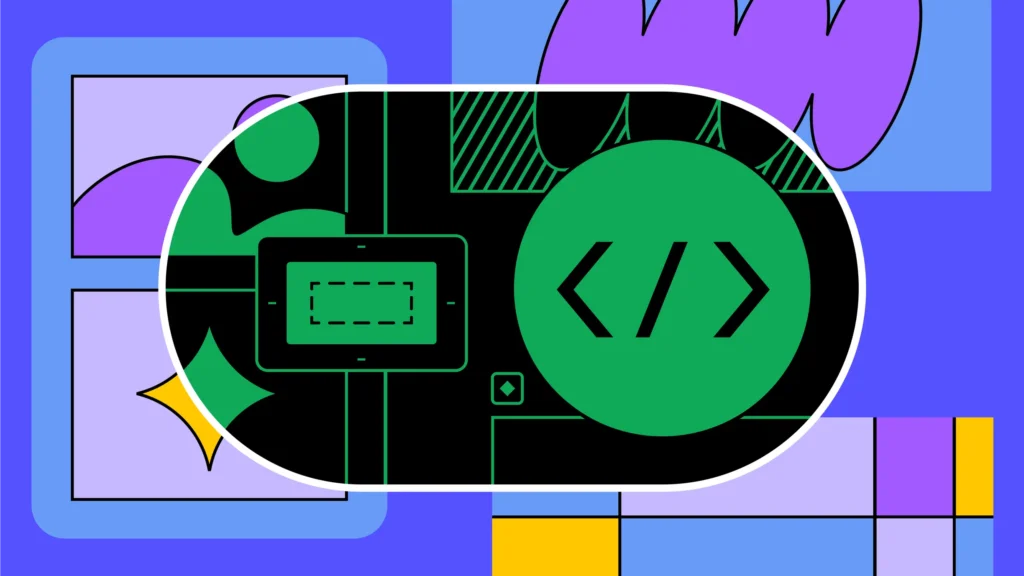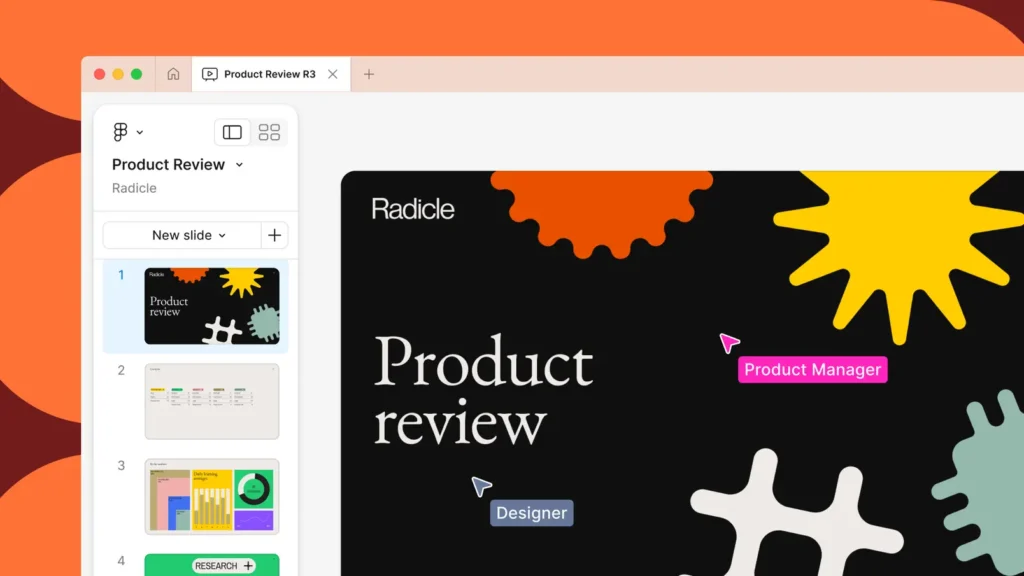Figma’s #Config2024 has already started, with talks ranging from human-centered design to AI, among others, but the rush was to tell us what new things Figma has for us. This year, Figma has truly outdone itself, introducing a suite of new features that promise to revolutionize the way we approach design and development. Here’s a recap of the highlights:
Figma AI: Revolutionizing Design Workflows

One of the most talked-about announcements was the introduction of Figma AI. This groundbreaking feature is set to change the way designers work by automating time-consuming tasks. Whether it’s creating placeholder content or wiring up prototypes, Figma AI takes care of the nitty-gritty, allowing designers to focus on more strategic and creative aspects of their projects. No more staring at a blank page, wondering where to start. With Figma AI, the possibilities are endless, and the creative process becomes smoother and more efficient.
- Generating Designs with Prompts: Imagine generating UI layouts just from text prompts. This feature accelerates the ideation process, enabling designers to explore various directions and arrive at solutions faster.
- Visual Search: Find and reuse designs effortlessly by uploading an image, selecting an area on your canvas, or entering a text query. This makes finding inspiration and reusing elements more intuitive than ever.
- Enhanced Productivity: AI-enabled interactive prototypes, image generation, automatic layer renaming, and text manipulation (translate/shorten/rewrite) are just a few of the productivity-boosting features now at your disposal.
Dev Mode: Bringing Design and Development Closer

Figma continues to blur the lines between design and development with the latest improvements to Dev Mode. New workflows for developers, along with the powerful Code Connect feature, mean that design and development teams can work more harmoniously than ever before. These updates facilitate a seamless transition from design to code, ensuring that the end product is as close to the original design vision as possible. The improved collaboration tools make it easier for developers to understand design intentions and for designers to see their concepts come to life accurately.
Figma Slides: Elevating Presentations

Another game-changing introduction is Figma Slides. This new toolset empowers designers and their teams to create stunning, interactive presentations directly within Figma. With features like live prototypes on slides, editable mocks, and live voting, Figma Slides is set to transform how product reviews and presentations are conducted. It’s not just about making slides; it’s about creating an engaging, dynamic experience that captures and holds the audience’s attention. This tool will undoubtedly become a staple for teams looking to showcase their work in the most compelling way possible.
Simple Design System: Bridging Design and Development

Figma’s integration with React and CSS significantly enhances design and development workflows. By aligning Figma variables with CSS variables and leveraging tools like Anima to convert Figma designs into responsive React code, Figma effectively bridges the gap between design and development. This integration streamlines the workflow, making it easier for designers and developers to collaborate and produce high-quality, responsive designs efficiently.
Additional Highlights from Config 2024
- Improved Prototyping Features: Enhanced tools for creating more interactive and responsive prototypes, making it easier to demonstrate complex user interactions.
- Collaboration Enhancements: New features aimed at improving team collaboration, such as real-time feedback and more robust version control.
- Community Contributions: Insights and presentations from leading designers and developers in the community, sharing their experiences and best practices with Figma.
The innovations unveiled at Config 2024 are more than just incremental updates; they represent a new era of productivity and creativity in the design world. By automating routine tasks and enhancing collaboration between designers and developers, Figma is enabling professionals to push the boundaries of what’s possible. The integration of AI and advanced development tools means that we can expect faster project turnarounds, more innovative designs, and a more seamless workflow from start to finish.
The key takeaways are clear: Figma is dedicated to enhancing the design process through powerful new tools and features that foster creativity and efficiency. Whether you’re a designer looking to streamline your workflow or a developer aiming for better integration with design teams, Figma’s latest updates offer something for everyone. As we move forward, it’s exciting to see how these tools will shape the future of design and development, making it more collaborative and dynamic than ever before.
Figma CEO Dylan Field took the stage to share how they are revolutionizing product development from the ground up, unveiling new methods designed to help us create exceptional work. Watch the video to learn more!






